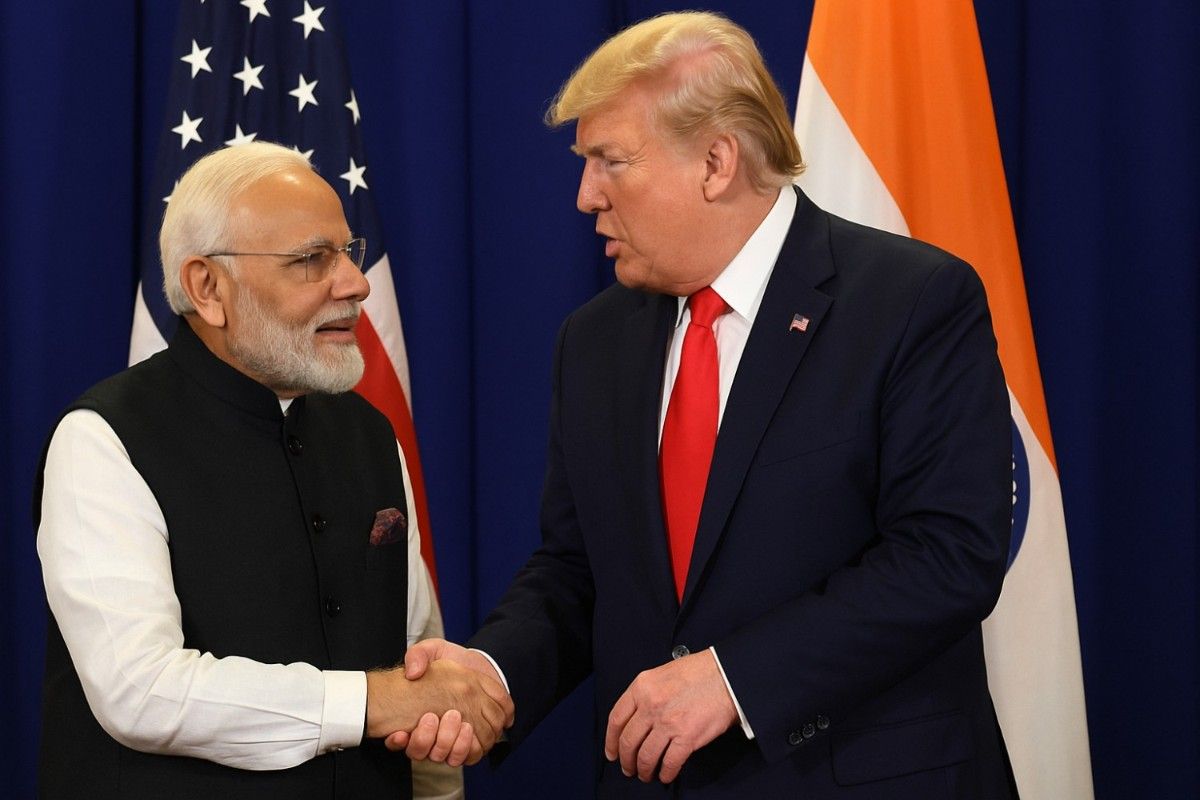Trade talks between India and the United States, once close to reaching an agreement, have come to a halt.
On July 30, 2025, President Trump imposed a 25% tariff on many Indian imports.
The White House later announced additional tariffs, linking them to India’s purchases of Russian oil.
These moves abruptly changed the dynamics of the negotiations.
Tariffs, Politics, and Negotiation Pressure
Tariffs are often used as leverage in high-stakes negotiations.
They also increase costs for both importers and exporters, reshaping trade calculations and injecting political risk.
Agriculture, Dairy, and India’s Red Lines
India has drawn firm red lines on market access for agricultural and dairy products.
These sectors became key sticking points in the trade talks.
Policymakers in New Delhi fear that rapid import growth could harm small farmers and cooperatives.
RCEP Memories Shaping Current Policy
India’s decision to withdraw from the Regional Comprehensive Economic Partnership (RCEP) in 2019 continues to influence its trade stance.
At that time, women from dairy cooperatives sent thousands of letters to policymakers, warning that cheap imports could undermine livelihoods and damage local markets.
Those concerns remain relevant today.
What Washington Wants
The United States seeks greater access to the Indian market for its farm exports—particularly corn, soy, ethanol, and dairy products.
US negotiators argue that this would boost bilateral agricultural trade flows.
How Tariffs Change the Equation
High tariffs raise consumer prices, reduce trade incentives, and complicate the path to a final agreement.
Sudden tariff hikes also create domestic political challenges for negotiators on both sides.
Diplomacy, Russia, and the Tariff Spike
The US administration explicitly linked some of the new duties to India’s purchases of Russian oil—mixing geopolitical strategy with trade policy.
This added a diplomatic layer to an already complex negotiation.
Domestic Politics in India
Indian leaders are acutely aware of rural sentiment.
Opening farm markets too quickly risks a political backlash, especially in an election-sensitive environment.
From Near-Deal to Stalemate
By late June 2025, officials reported that talks were nearing conclusion.
However, the tariff announcements and related diplomatic tensions quickly derailed that progress.
Possibilities for a Deal
A trade deal remains possible if both sides manage political risks and public optics.
India may protect its farm and dairy sectors while offering concessions in other areas such as services or investment.
Partial sectoral agreements could emerge as an alternative to a full treaty.
Options for a Narrower Pact
India could allow limited market access with safeguards such as phased liberalisation and import quotas.
This would aim to preserve livelihoods while gradually opening markets.
Market Reactions and Short-Term Effects
Tariff announcements and stalled talks create uncertainty for exporters and importers.
Some companies may delay shipments or seek alternative partners until clarity returns.
What Both Sides Must Weigh
India needs to balance domestic political considerations with the benefits of expanded trade.
The US must weigh the short-term leverage of tariffs against the risk of long-term strain in the relationship.
Conclusion: Trade, Trust, and Strategy
The main challenge is a trust deficit combined with high political stakes.
If both sides can reduce tensions and focus on core interests, negotiations could resume on a more constructive path.
